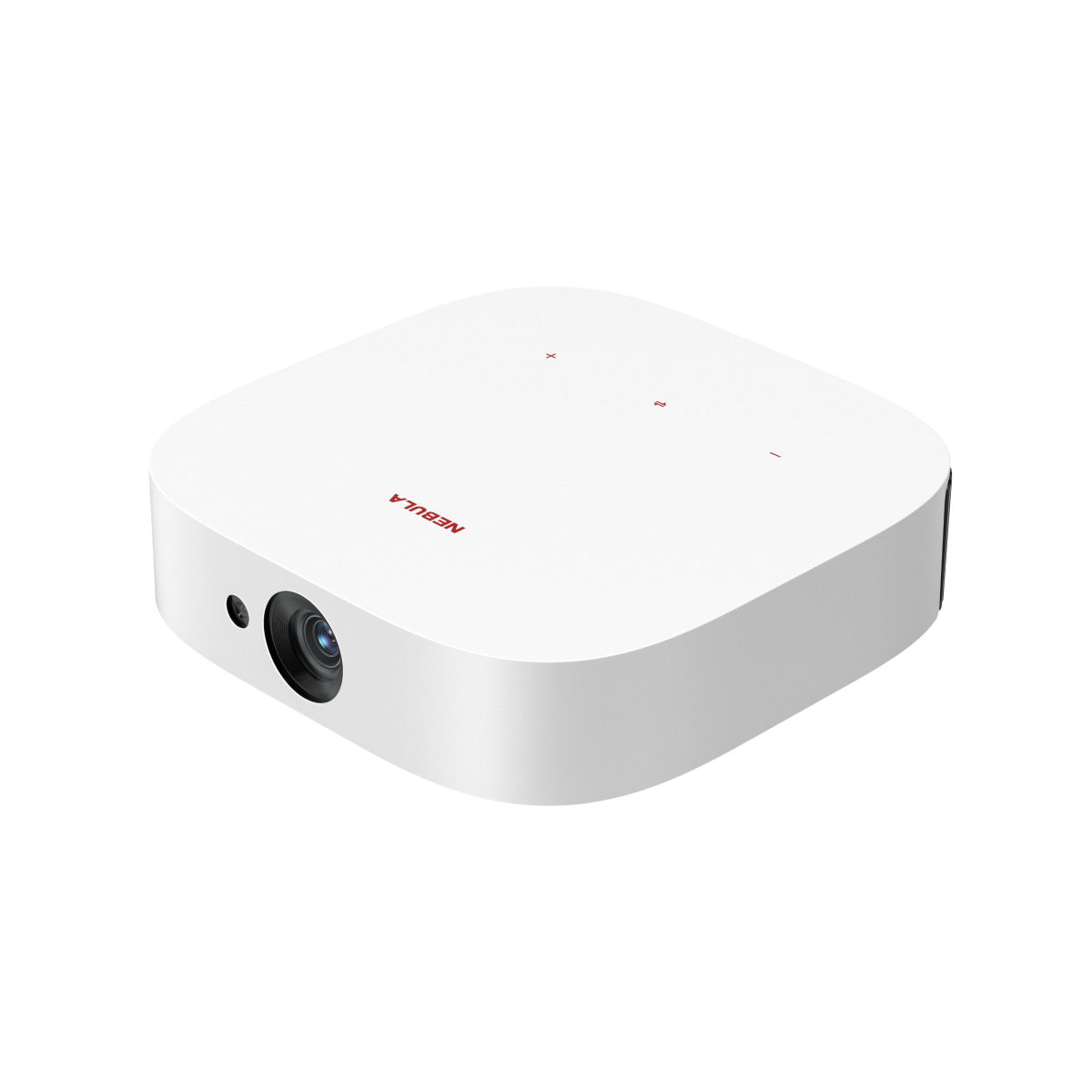When it comes to choosing the perfect projector for your home theater or business presentation, brightness is always an important element to consider. To measure the brightness of projectors, lux and lumens are terms commonly used but they represent different aspects of light projection. So understanding the difference between lux and lumens is crucial for getting the right projector.
In this ultimate guide, we will delve into the intricacies of lux vs lumens projectors. We’ll also explore how bright should a projector be to help you make informed decisions. Whether you're a cinephile, a gaming enthusiast, or a professional presenter, this guide will shed light on the essential factors to consider. Let’s delve into the matter now!

Lumens vs Lux
Now let's take a closer look at the concepts of lux versus lumens and their significance which is pivotal for choosing the right projector..
What Are Lumens
Lumens, a pivotal metric in the world of projectors, essentially quantify the brightness emitted by a light source, particularly relevant when evaluating the performance of projection devices. When you witness a projector in action, the lumens measurement specifically indicates the total visible light output. It's essentially the unit that showcases how bright the projected image will appear on the screen. The higher the lumens, the more vibrant and distinct the images on your screen.
What Is Lux Rating
In the intricate landscape of projector specifications, lux steps in as a nuanced measure of illuminance on a given surface area, breaking down the concept of brightness further. Represented as lumens per square meter, lux dives into the experiential aspect of light perception. For example, lux takes into consideration how the human eye interprets that luminosity across a defined space. Lux, in simpler terms, tells us not just how much light is thrown out by the projector but how intensely it's perceived by those gazing upon the projected surface.
What Is the Difference Between Lux and Lumens
As previously said, lux and lumens are both metrics used to measure light, but they serve distinct purposes and provide different insights when evaluating projectors or lighting solutions. Let’s see their differences in detail.
What they measure: Lumens measure the total amount of light emitted by a light source or projector. It quantifies the entire light output capability of the projector lamp, regardless of the direction in which the light is dispersed, while lux narrows its gaze to scrutinize how that brightness is perceived by the human eye over a specific surface area.
Additionally, lumens measure the quantity, essentially the sheer output of light, whereas lux takes a qualitative approach, considering factors like the spread of light and the sensitivity of the human eye. This crucial difference means that two projectors with the same lumen rating might project images differently in terms of perceived brightness, contingent on their lux characteristics.
Applications: Lumens are useful for comparing the projector brightness for different projectors or light sources. So is more lumens brighter? Theoretically yes. A higher lumen rating indicates a brighter output. On the other hand, lux is practical for assessing how well a projector or lighting solution will illuminate a specific area. It helps determine if the light is sufficient for a particular task or setting.

How Bright Should a Projector Be
Selecting the ideal brightness for a projector hinges on various factors, each playing a pivotal role in determining the viewing experience. Here are some general guidelines to help you determine what are good lumens for projectors:
Content to be Displayed
The type of content you intend to display dictates the necessary brightness. Document-centric presentations may require fewer lumens, while graphics-intensive content may demand higher lumens projectors with higher luminosity.
Standard Lux
Different applications necessitate specific brightness levels. Business and portable projectors should ideally have at least 1500 lumens, gaming projectors thrive at a brightness of 2000 lumens, and for home theaters, a minimum of 2000 lumens ensures efficiency in displaying shows and movies laden with graphics.
Resolution
The projector's resolution, such as 4K or 1080P, also influences perceived brightness. Higher resolutions like 4K and 1080P are preferable for cinematography and home theaters, while a good lux for projectors with lower resolutions suffice for business and portable projectors dedicated to text-based presentations.
Ambient Light
The amount of ambient light in the environment directly affects how bright the projector appears. Darker settings may make a particular projector seem brighter compared to outdoor or well-lit spaces.
Screen and Wall Color
The color of the projection surface, be it a screen or painted wall, impacts perceived brightness. Understanding how different colors interact with light helps in choosing the right projector for your specific setting.
Distance
As lux changes with distance and lumens remain constant, the distance between the projector and the screen is a crucial factor. Opting for a projector with more lumens becomes essential if the distance exceeds the standard.
Conclusion
In the world of projectors, understanding the nuances of lux and lumens is the key to choosing the perfect device for your needs. To recapture their difference, lux measures localized brightness, accounting for distance and specific application scenarios, while lumens quantify overall light output. By having an in-depth understanding of the difference between lux and lumen, and knowing how to decide on the brightness level when purchasing a projector according to the factors outlined above, you can secure a path toward visual excellence in no time.
FAQ
How to convert lux to lumens?
Converting lux into lumens involves several steps:
Measure Lux: Begin by measuring the illuminance in lux at a specific point or area, typically in square meters.
Determine the Area: Know the area over which the lux measurement was taken. This is essential for the conversion.
Use the Formula: To convert, multiply the lux value by the area in square meters. The formula is Lumens = Lux × Area (in square meters).
A concrete example of conversion goes thus: Suppose you need to convert 500 lux to lumens, and the area of the projection surface is 5 m², with each spot on it having the same lux. A straightforward application of the above formula gives 5 m² × 500 lux = 2,500 lumens.
Is 5000 lux the same as 5000 lumens?
No, 5,000 lux is not the same as 5,000 lumens. 5,000 lux indicates the brightness at a specific point, while 5000 lumens represents the total light output from a source.
For example, if a projection surface whose surface area is 5 m² is uniformly 5,000 lux in brightness, and all the light emitted by the projector is reflected by the projection screen, the lumen of the projector is then 5,000 lux × 5 m² = 25,000 lumens.

















